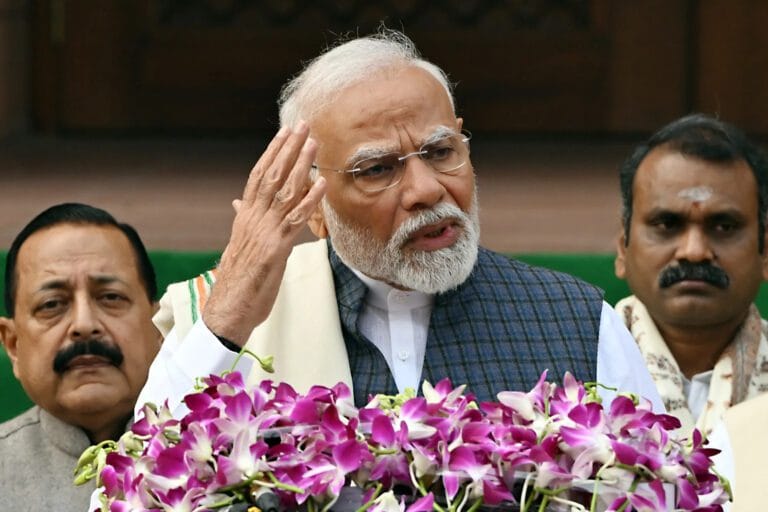India’s government is preparing for potential trade policy changes as they evaluate various options in response to U.S. President Donald Trump’s threatened tariff actions. As tensions rise, India seeks ways to mitigate risks and take advantage of emerging opportunities in the evolving landscape of international trade.
Trade officials within Prime Minister Narendra Modi’s administration are examining various strategies to address the substantial trade surplus India has maintained with the United States, which reached $35.3 billion for the fiscal year ending March 31. According to data from India’s commerce ministry, the U.S. remains India’s largest trading partner.
Among the proposed measures, India may increase imports of specific U.S. products such as whiskey, steel, and oil, while also considering reductions in certain tariffs. Preliminary discussions have indicated products like bourbon and pecan nuts could be on the list for tariff adjustments.
One significant strategy under consideration involves reducing import duties on goods from U.S. states that hold political importance for the Republican party, a move aimed at fostering goodwill with the new administration. This initiative is part of a broader plan to maintain diplomatic relations and capitalize on potential shifts stemming from the ongoing U.S.-China trade dispute.
Additionally, reports have emerged that India may agree to repatriate approximately 18,000 undocumented Indian immigrants currently residing in the U.S. as part of efforts to appease the Trump administration.
This new direction in trade policy aligns with a potential limited trade deal. Despite previous attempts during Trump’s first term that did not materialize, Indian officials are hopeful for a more favorable outcome this time around. The proposed plan may include lowering “most-favored nation” tariffs, typically applied to countries without a bilateral trade agreement with India.
Here’s a summary of the scenarios under consideration:
- Increased Imports: India could purchase more goods from the U.S. in sectors such as soybean, dairy products, vehicles, medical instruments, and aircraft.
- Potential Benefits from Higher U.S. Tariffs on China: Sectors like electronics, high-tech machinery, textiles, footwear, and chemicals could benefit if the U.S. imposes higher tariffs on Chinese imports and limits access to advanced technologies.
- Regulatory Pressures: India anticipates that the new Trump administration may exert pressure on key issues like data regulations, intellectual property rules, and e-commerce.
- Tariff Impacts: Implementing uniform tariffs ranging from 10%-20% on imports could bolster India’s export of auto components and metals.
Despite these discussions being in the preliminary stages and awaiting finalization, they reflect India’s proactive stance in navigating changes in global trade dynamics. As the situation evolves, close attention will be paid to the U.S.’s policy decisions and their implications for international trade.



